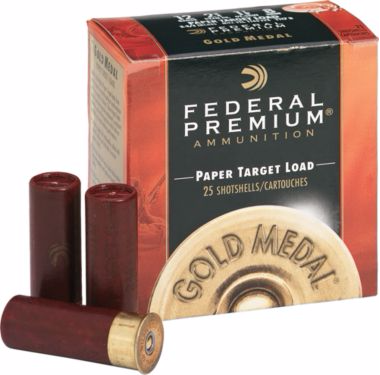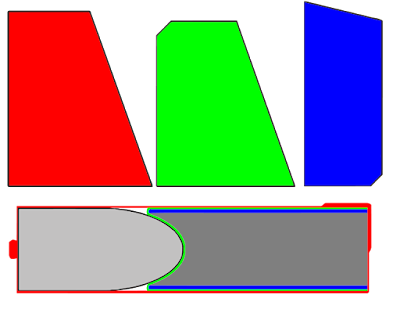Click on the image to enlarge.
The one we are going to study today is the one at the bottom. "Wait a minute", the reader says. "The rifle at the bottom seems badly damaged. Heck, it is even missing part of its stock!" Well, there is a bit of history associated with this particular firearm, which is why we are going to read about it today. First, here's another close up of this rifle:
Click on the image to enlarge.
It is a Springfield Model 1866 trapdoor rifle, otherwise known as the Springfield 2nd Model Allin Trapdoor Conversion Rifle, firing a .50-70 black powder cartridge. As you can see, there is extensive damage and wear or the rifle and the barrel is even a little bent. However, that doesn't mean that this rifle is worthless. In fact, it may be more valuable than the one above it, because of the fame of its original owner. Here's a picture of the person that owned this rifle in the past:
Public Domain Image
Yes, that is the famous American legend, William Cody, a.k.a Buffalo Bill Cody, holding the same rifle when it was in much better condition.
Even though this rifle is a single shot model, Buffalo Bill preferred using this to the faster firing lever action .44 Henry Rifle and the Sharps 'Big Fifty' rifle. Buffalo Bill Cody never revealed how he came upon the rifle, but it is believed that he was issued the rifle when he served in the US Army during the Civil war and took it with him when his service ended. This is certainly possible, as thousands of Springfield Model 1866 rifles were issued to US troops during that time.
Buffalo Bill used this rifle in many encounters with Native American tribes, as a scout and as a commercial hunting rifle, when he worked as a contractor to supply meat to the railroad workers. It was used in a famous shooting contest between him and William Comstock, to see who could shoot the most buffalo in a given time. After this contest, people began calling William Cody as "Buffalo Bill".
So, why the name "Lucretia Borgia"? Well, the real Lucretia Borgia (or Lucrezia Borgia) was a famous Italian lady, from the powerful Borgia family, who were very politically connected and even had a few members serving as popes and cardinals in the Vatican. The Borgia family had origins in Spain and became prominent during the Renaissance period in Italy. Lucretia Borgia was known as a beautiful woman, with a reputation for being deadly (she was alleged to have poisoned several people). Many stories were written about her, including a famous play by French playwright, Victor Hugo, called Lucrezia Borgia. This play was staged at various places during the US Civil War, including Leavenworth, Kansas, where Buffalo Bill is alleged to have seen it.
For hundreds of years, it has been common tradition for men to bestow female names to their favorite tools and possessions, and Buffalo Bill was no exception in this regard. Buffalo Bill saw his rifle as beautiful, but deadly. So, when it came to naming his rifle, he named it after a famous woman who was known to be beautiful and deadly: Lucretia Borgia! In fact, he had the name inscribed in the lock plate of his rifle, where it may still be seen today. This seems to have been his favorite rifle as he mentioned this rifle in several interviews and in his autobiography and has even been photographed with it.
As to how part of its stock disappeared, there are a couple of stories associated with it. One story is that Buffalo Bill had shot an elk or a bison with his rifle and tried to finish it off with a blow to the animal's head, but the stock broke when he did this. Another story says that when he was employed as a hunting guide to Grand Duke Alexis of Russia, he loaned this rifle to the Grand Duke to use. Apparently, the Grand Duke got a little excited after shooting a buffalo during the hunt and threw his rifle in the air to celebrate, but failed to catch it on the way down and his horse stepped on it after it hit the ground.
Lucretia Borgia may be seen today on display at the Buffalo Bill Center of the West Museum in Cody, Wyoming.


























































